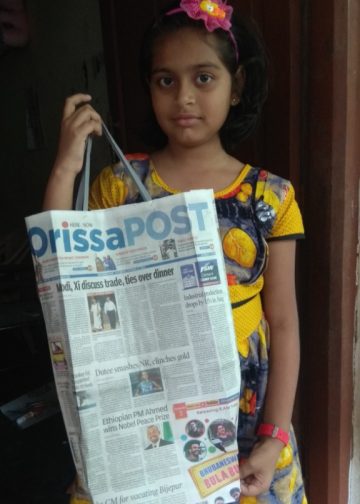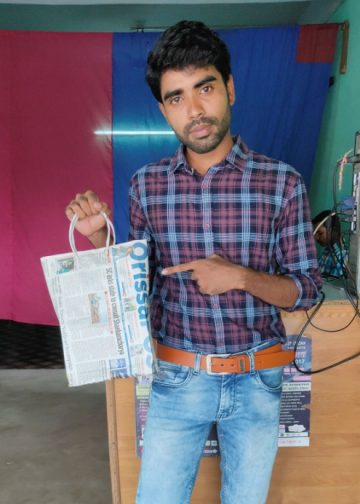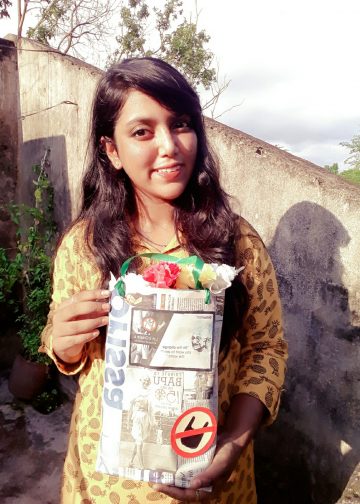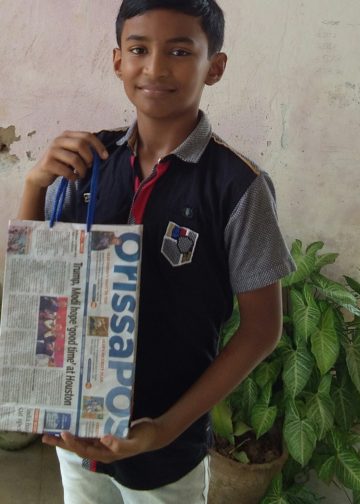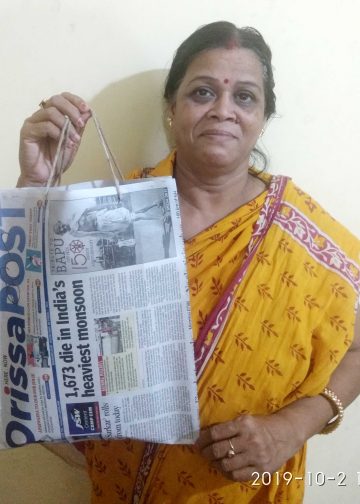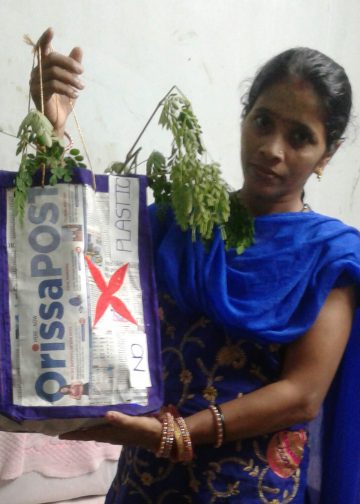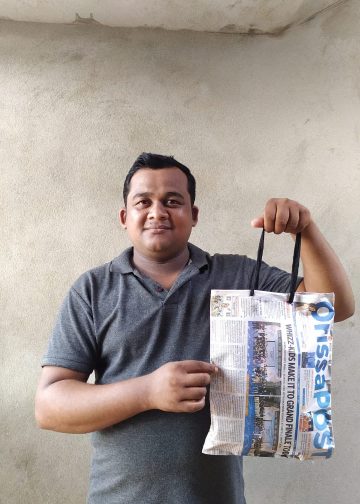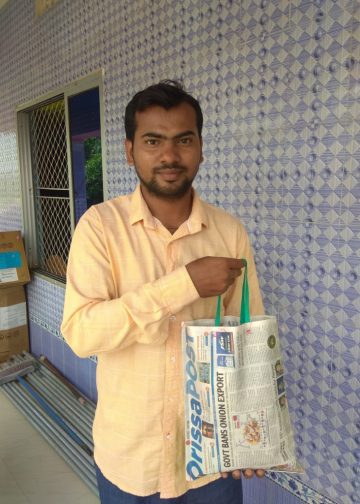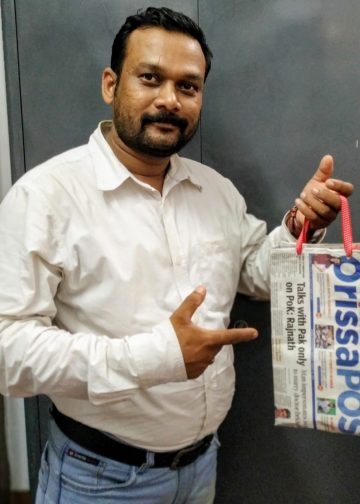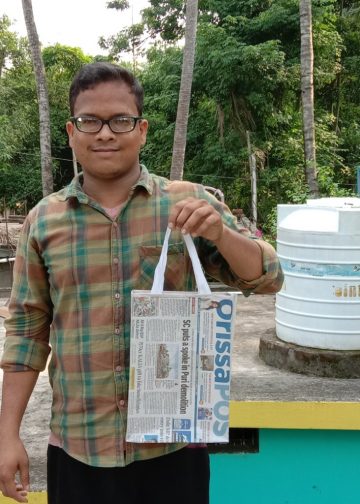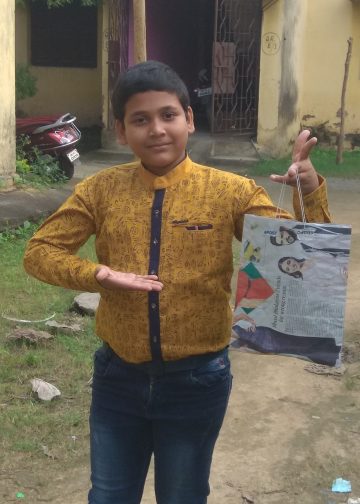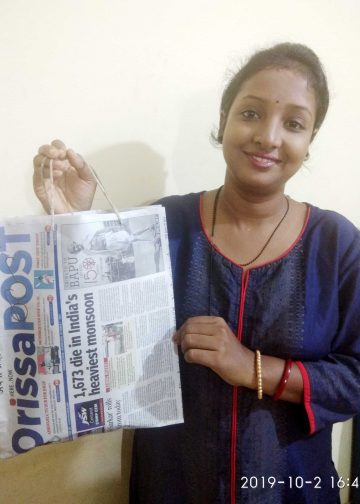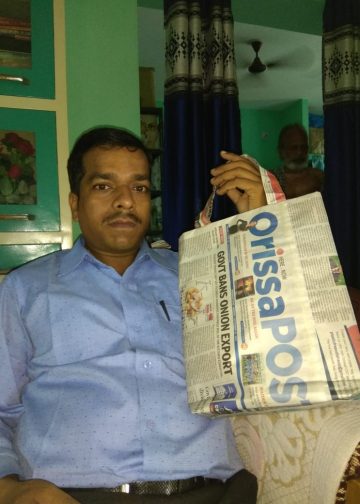Pradeep Kumar Panda
With several mineral deposits, India ranks first in the production of coal, iron ore, chromite, mica and bauxite. Besides, it has large deposits of building stones such as granite, marble and limestone, and huge deposits of cement- and steel-grade limestone. India has thousands of illegal unorganised mines, which can be as small as twentieth portion of a hectare. But most minerals will last for merely 50 to 100 years at the current rate of production.
Mining, without doubt, is essential for development. However, it destroys land and forests and disturbs water regimes. Sustainable mining is a misnomer simply because all ore bodies or stone reserves are finite and non-renewable. Similarly, terms such as environment friendly mining or ‘green mining’ are misleading, too. Even the best managed mines will have adverse environment impacts. Also, large-scale displacement and loss of livelihood of locals are also inevitable.
Laws related to the socio-environmental impact of mining have not been codified clearly. The multiplicity of agencies and institutions managing these laws adds to the confusion. Consequently, illegal mining and illegal practices in legal mining are rampant. The Ministry of Mines, responding to a starred question, recently told Parliament that 85,000 cases of illegal mining have been reported. The actual number could be bigger.
Girls earn less than any other group of employees in mining, making them particularly attractive to businesses driven by profit. Overall, women make up 10-15 per cent of quarry workers and 40.5 per cent of these women are 5–15 years old
Environmental clearances from different agencies are needed for mining. But even today mining happens in ecologically sensitive areas, reserved forests, wildlife sanctuaries and protected areas such as the Himalayas, the Aravalis and along coasts and shorelines. There is no moratorium on mining anywhere in the country.
Environment laws must ensure ecologically destructive projects are disallowed. However, almost every mining operation — particularly open cast mining, drilling, blasting, hauling, crushing, loading and unloading, and transporting — raises fugitive dust and leads to lung diseases.
Towns such as Korba, Bhilai, Satna and Dhanbad have been declared critical by the Central Pollution Control Board. Best practices such as simultaneous reclamation, collection and treatment of surface run-off, fugitive dust control and effective treatment of tailings discharge, storage of tailings, waste rock and slime on impervious ground, are yet to be codified and made mandatory. Currently, no regulatory standard exists for containing the impact of mining, especially relevant to water.
Mineral production and consequent deforestation and ecological devastation in the Aravali Ranges is one of the most well-known examples of the effects of mining. The Aravalis are important watershed, separating the drainage of the Bay of Bengal from the Arabian Sea. Mining in the catchment areas has threatened water bodies in the region. In 1992, the government of India notified Aravalis in Gurgaon and Alwar under the Environment Protection Act as ecologically sensitive.
Critical issues such as displacement and rehabilitation are at the forefront when it comes to mining and mineral-based industrialisation, especially where large-scale mechanised mining is happening. Most mining areas are located in remote and poorly developed regions, inhibited by marginal sections of the society. Mineral exploitation thus results in large-scale uprooting and further impoverishment of communities.
The National Policy on Rehabilitation and Resettlement 2003 has broad guidelines applicable only to projects that displace 500 families or more en masse in the plains, and 250 families in the hills. It has other drawbacks as well. None of the existing rehabilitation and resettlement policies in the country recognises the principle of free, informed and prior consent; they also do not envisage sharing of benefits of the project with the affected people.
It is important to recognise and accept that local communities, especially the tribal populace, receive a raw deal from the government and the industry. Hence, a ‘social licence to operate’ may be implemented. Though the law envisages that public hearing takes place, it is treated only as a formality. The industry finds no reason to take people’s consent. This can be facilitated if the share of benefits of mining is envisaged.
UNICEF estimates that about 20 per cent of mine workers are children. Girls earn less than any other group of employees in mining, making them particularly attractive to businesses driven by profit. Overall women make up 10-15 per cent of quarry workers and 40.5 per cent of these women are 5–15 years old.
Mining of different minerals pose different health impacts. In and around the lead-zinc mines, the ions of these metals in the air lead to lung diseases. Their excessive presence in the soil may enter the food chain, the impact of which is still being researched. Silica dust from in and around sandstone mines causes silicosis, also known as grinder’s disease. It is an occupational lung disease marked by inflammation and scarring in the form of nodular lesions in the upper lobes of the lungs. National Institute of Occupational Health, Ahmedabad, in a report revealed a pattern in the incidence of silicosis: 54.5 per cent in making slate pencils, 21 per cent in stone quarries, 38 per cent in agate polishing units and 12 per cent in stone crushing units.
If there is no social investment from mining, governments may decide effective legislative changes to extract larger share from the so-called ‘super-profits’ earned by the mining companies. Mineral rich states of the country are voicing their concern to fill state coffers with profits from resource exploitation so that the same can be utilised for welfare agenda.
The proposed taxation in the new Mines and Minerals Development and Regulation Bill towards profit sharing is not adequate in comparison with the magnitude of profits earned by mining companies. Local people, who have remained poor even after 70 years, are up in arms. Mining, whether legal or illegal, is always disastrous to the environment and damages society. It needs to be undertaken with responsibility and sound thought.
Mining leaves wastage. The laws of the land, therefore, have to be strictly followed and loopholes in these plugged. There is an urgency to develop a proactive approach which is economically viable, developmentally sustainable, socially acceptable and environmentally feasible in the new mining policy and legislation.
The writer is an economist.







